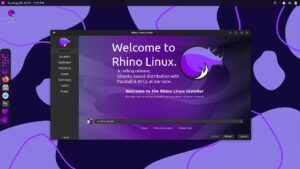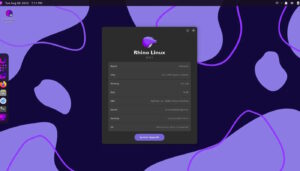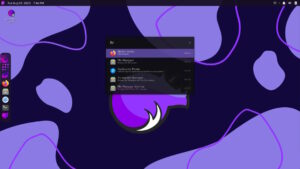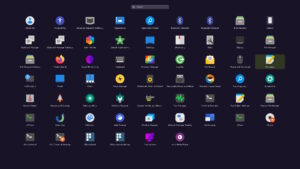Rhino Linux
Rhino Linux is a new rolling distribution based on Ubuntu (fully opensource). As you may know, Ubuntu is an OS with stable releases 2 times a year, Rhino chose to use the Ubuntu base and created a rolling release which means faster and newer software packages available without a full system upgrades.
Rhino uses the XFCE desktop environment by default, which is perfect for any desktop or laptop configuration. XFCE is very lightweigth and can even be used on older desktops/laptops as it uses less memory and cpu then Gnome or KDE.
Of course you can install any other desired desktop environment with the available packagemanagers.
Short video on how to install Rhino Linux
Rhino desktop screenshots
Rhino package management
Pacstall is the package manager of choice for Rhino Llinux. Pacstall will always provide the most recent software updates.
You can think of Pacstall as an AUR equivalent for Ubuntu based systems, meaning, you can install packages that are normally not available in the default Ubuntu repo’s.
Rhino also has the rhino-pkg packagemanger wrap (created in Bash) which can be used to install packages from the following managers: APT, Pacstall, Flatpak, and Snap.
Download Rhino
Create your bootable USB drive
System requirements
– CPU: 1Ghz is recommended
– RAM: 1GB is recommended
– HDD: about 20G is recommended
– GPU: almost any
– CD-Rom drive or use a LiveUSB for installation
– Sound support, only if you want to hear something 😉
– Internet connection preferably



